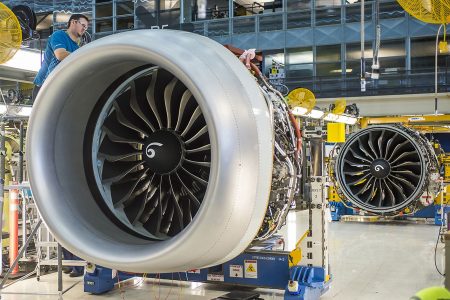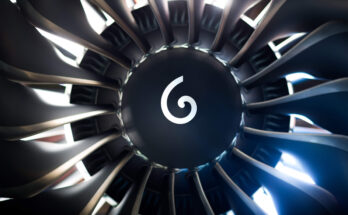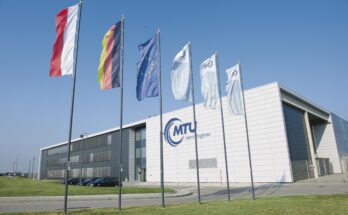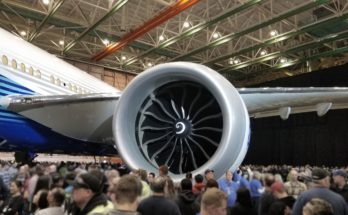
The Trump Administration’s decision to impose escalating tariffs on both imported raw materials and finished parts and components is likely to cause significant turbulence within the highly interconnected global aviation gas turbine market. The architecture of the gas turbine engine production system, characterized by a sophisticated global web where parts routinely traverse international borders multiple times before culminating in a complete engine, renders this sector exceptionally vulnerable to the blunt force of protectionist trade measures.
For example, the leading global producer of turboprop and small turbofan engines – Pratt & Whitney Canada, a subsidiary of U.S.-based Pratt & Whitney – is located outside the United States. Every aircraft produced in the U.S. with a PT6A engine will be subject to a huge price hike for a major component unless the White House specifically exempts aerospace components from its new trade war. In a second example, the CFM LEAP engines powering the Boeing 737 MAX family are produced by a joint venture between GE Aerospace and French engine giant Safran. The uninterrupted output of these engines is critical to the production of narrowbody aircraft and relies on a geographically diverse supply chain, with significant contributions from France and other regions across the globe. Other U.S.-made engines are no different.
The fundamental constraint facing U.S. engine manufacturers is the deep integration of international suppliers into their production processes. The notion of entirely domestic engine manufacturing, devoid of foreign-sourced elements, is practically infeasible. The stringent safety regulations governing the aviation industry necessitate rigorous regulatory compliance and certification for all aircraft parts. Locally-produced components cannot simply be substituted without undergoing these protracted and complex processes. Moreover, the establishment of entirely new, self-sufficient domestic production facilities is a capital-intensive undertaking that spans multiple years, offering no immediate insulation from the financial pressures exerted by the newly implemented tariffs.
Consequently, prominent U.S. engine manufacturers, including industry giants like GE Aerospace and Pratt & Whitney, are confronted with a stark economic reality. They will, in all likelihood, bear the initial burden of these tariffs levied on essential imported materials and specialized components. The most direct and predictable consequence is the inevitable pass-through of these elevated costs to their primary customers – the aircraft manufacturers. This upward pressure on engine prices will directly inflate the overall cost of new aircraft, a burden that will ultimately be transferred to airlines, cargo operators, and other end-users in the form of increased capital expenditure. This could potentially dampen aircraft orders and slow the pace of fleet modernization.
Beyond the immediate impact on new engine acquisitions, the cost of aircraft maintenance within the U.S. is also poised for a significant upswing. The imposition of higher tariffs on a wide array of imported spare parts will directly increase the operational expenses for domestic Maintenance, Repair, and Overhaul (MRO) facilities. This surge in costs will place U.S.-based MRO providers at a considerable competitive disadvantage in the global marketplace.
Aircraft operators, ever mindful of operational costs, will be strongly incentivized to seek out maintenance services in geographical regions situated outside the U.S. tariff zone. MRO shops in these non-tariff areas can offer more attractive pricing by virtue of not having to factor in the added expenses stemming from the U.S. tariffs. This anticipated shift in demand is projected to bolster engine MRO revenues in regions like Asia and Europe. Furthermore, neighboring countries such as Canada and Mexico, both geographically proximate to major U.S. aviation hubs, are likely to see an increase in shop visits as U.S. operators seek lower-cost maintenance services just a short flight away. The long-term ramifications of these tariffs could fundamentally reshape the competitive dynamics of the global aviation gas turbine market, potentially eroding the cost-competitiveness of the U.S. in both the critical manufacturing and essential maintenance sectors.



